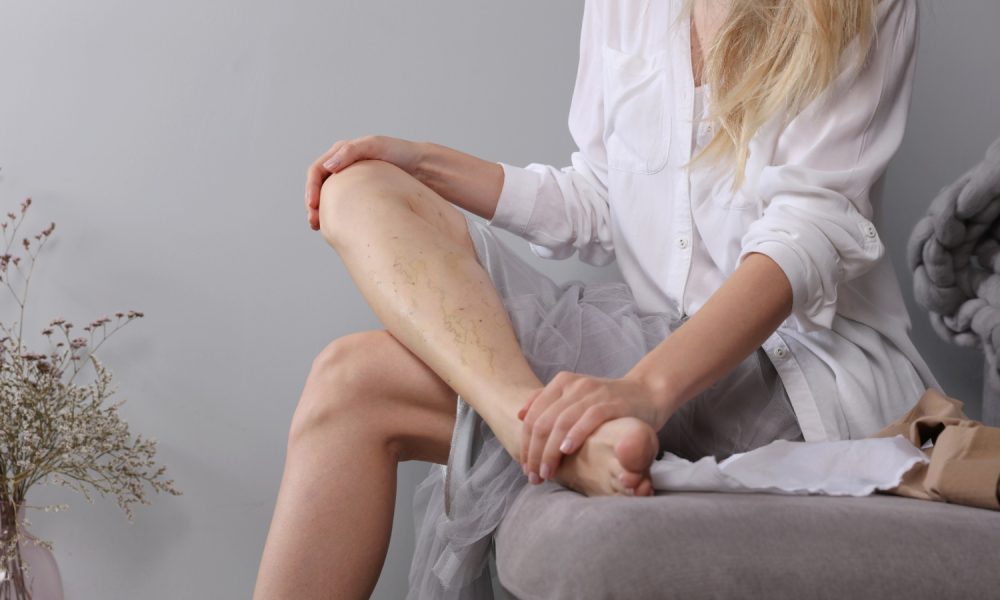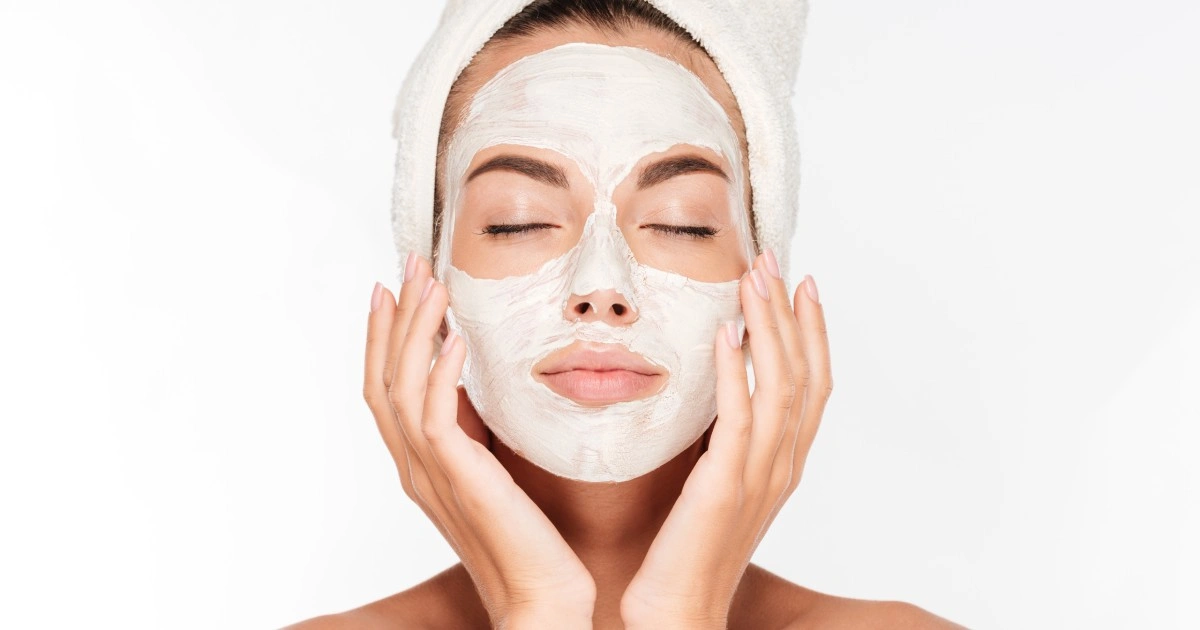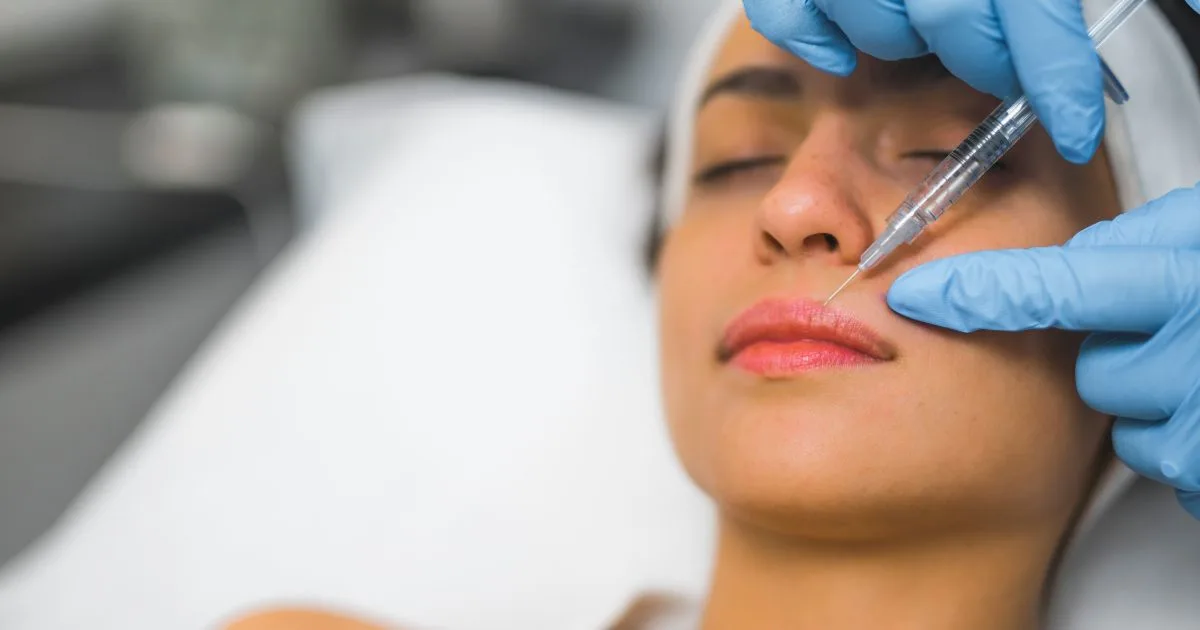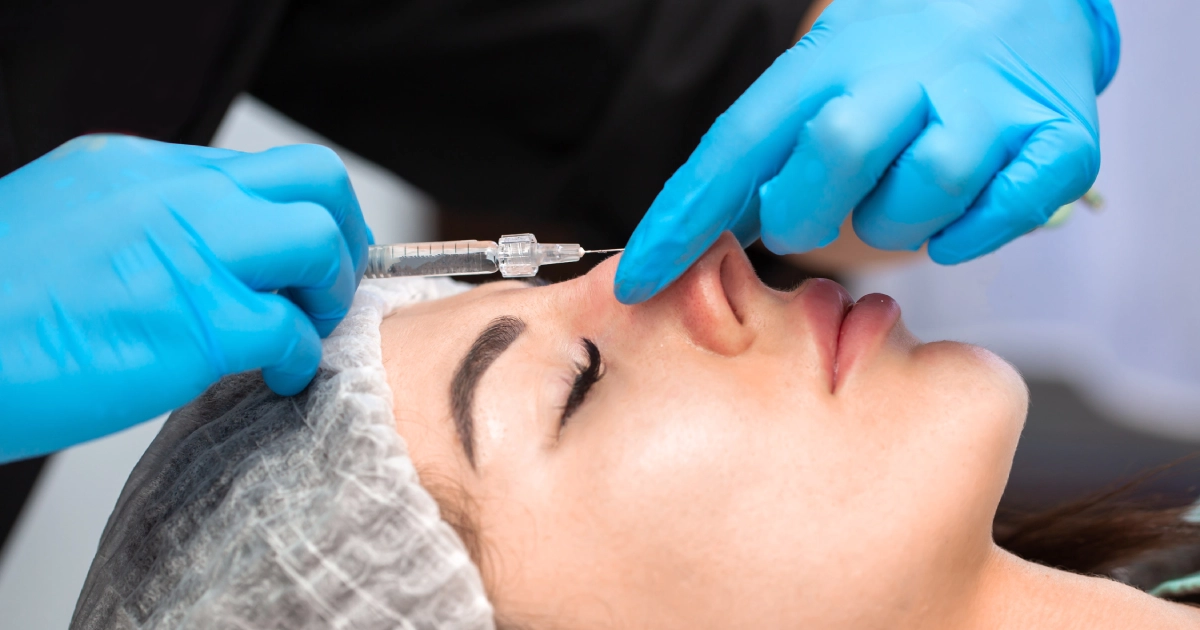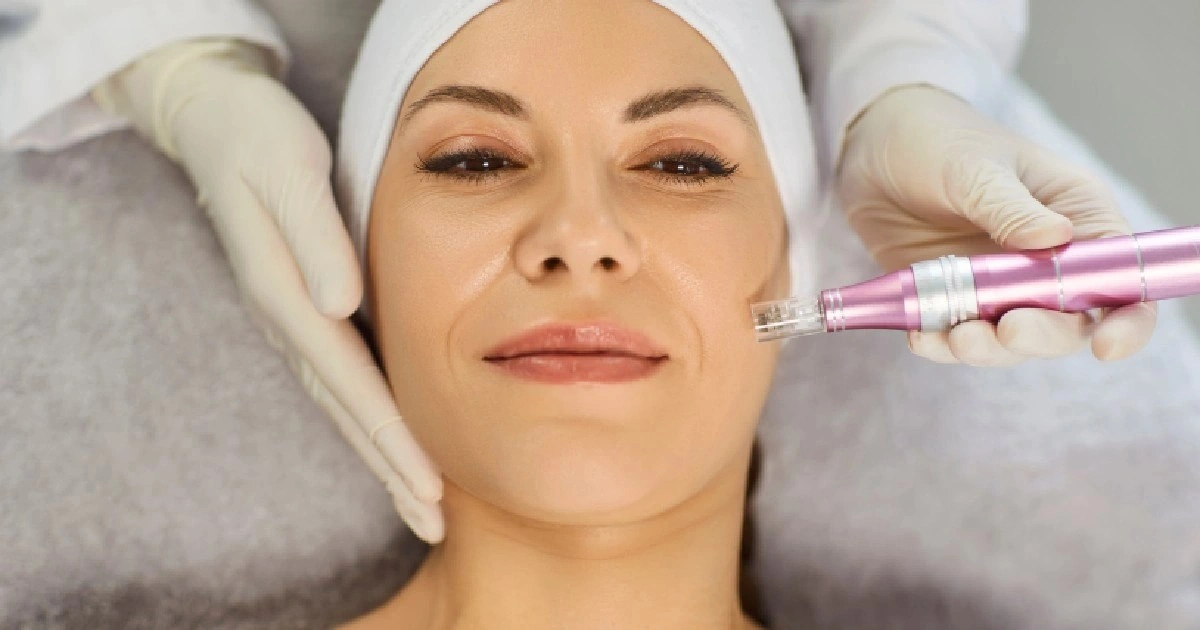Sclerotherapy is a non-invasive procedure in which a doctor injects a solution into blood vessels or lymph vessels to cause them to shrink. Sclerotherapy can be used to treat a variety of conditions, including varicose veins and spider veins. When a specific blood vessel is targeted, the sclerosant solution will cause inflammation. The swelling that occurs as the vessel contracts makes it impossible for blood or lymphatic fluid to pass through.
The advantages of sclerotherapy, as well as its possible adverse effects and the necessary steps for recovery, will be covered in this article.
Treatment Applications Of Sclerotherapy
Sclerotherapy is typically the first line of defense when it comes to treating varicose veins, which can be an indication of chronic venous insufficiency. A dysfunction in the vein valves can lead to varicose veins, which are enlarged veins that most frequently appear in the legs. As a result, the veins become more and more filled with blood. In addition to causing discoloration, this issue may also cause discomfort and itchiness.
After undergoing sclerotherapy treatment, a patient will no longer have varicose veins, and the treatment will also redirect blood flow to veins that are in better health. However, there are more applications for sclerotherapy, and it includes the following:
- Hydroceles: A hydrocele is a medical term for an accumulation of fluid that occurs around the testicles. Sclerotherapy is a treatment option that doctors have for hydroceles, mainly when surgery is not an option.
- Malformed Lymph Vessels: Malformed lymph vessels refer to vessels not functioning normally. The sclerotherapy’s scarring causes the abnormal blood vessels to collapse, which resolves the problem.
- Hemorrhoids: Sclerotherapy can be considered a treatment option for hemorrhoids of grade 1 or 2. The symptoms appear when the blood vessels close to the rectum swell and become irritated; as a result, having bowel movements is excruciatingly painful and uncomfortable.
When Should You Consider Sclerotherapy?
Sclerotherapy is a treatment option for people who suffer from spider or varicose veins and want to get rid of them. Some people get the procedure done solely for aesthetic reasons. Talk to your physician if you’re wondering whether or not sclerotherapy is the right treatment option.
However. for other conditions, you may want to look into other methods first, but it’s worth a shot. For example, some of the most effective treatments for hemorrhoids are alterations to one’s diet and way of life, increased fiber consumption, and a concerted effort to avoid straining while passing stool. You may not necessarily require any sclerotherapy option.
Patients who suffer from spider or varicose veins and whose veins are too twisted for more conservative treatments to be effective or who experience any of the following unpleasant symptoms have the option of undergoing sclerotherapy.
- burning sensation
- swelling
- night cramps
- heavy and tired legs
- aching
- itching
What Happens During Sclerotherapy?
Before recommending sclerotherapy, the physician will initially examine the veins or lymph vessels that are the source of the problem. The actual procedure takes between 30 and 45 minutes, and the patient does not have to spend the night in the hospital afterward. Someone with it on their legs should consider wearing shorts for the appointment.
During sclerotherapy, a tiny needle injects a saline solution into the spider or varicose vein. Sclerotherapy is also known as venous stripping. The use of ultrasounds as a means of navigation is a distinct possibility. During treatment for more prominent varicose veins, you might experience some minor discomfort, such as a burning sensation or cramping. This is normal.
The doctor may first decide to administer an anesthetic, insert a catheter into the affected blood vessel, and finally apply an alcohol solution to the vein to close it off and prevent further blood loss. In most cases, multiple treatments spread out over time are required for a vein to collapse completely. Some cases of varicose veins require more than one therapy session.
Post Procedure Aftercare
After the treatment has been completed, it is essential to follow the instructions given by the attending physician. Your doctor may suggest compression stockings to help with the healing process and halt the progression of your varicose veins.
The site of the injection can occasionally become bruised or leave a mark. The treatment is effective in most cases within three to six weeks for spider veins and three to four months for more prominent veins. If the treatment is successful, the veins should disappear. In such a scenario, they might recommend scheduling additional sessions.
After receiving sclerotherapy, a patient may be required to return to the clinic for additional testing (which may include a physical exam, imaging, and blood work) to determine whether or not the treatment was successful.
Are There Any Risks?
Sclerotherapy is a treatment that is both safe and effective when it is carried out by medical professionals who have received the appropriate education and training.
Having preexisting medical conditions, disobeying the advice of a medical professional, or taking medications that interact negatively with the treatment are all factors that can significantly increase the likelihood of experiencing complications during treatment.
Moreover, there is no guarantee that sclerotherapy is entirely risk-free, particularly if the patient is nursing a baby, pregnant, or otherwise unable to move around much. Sclerotherapy is not something that should be performed on a woman for at least three months after she has given birth.
Among the potential dangers and side effects of sclerotherapy are the following:
- allergic reaction
- severe inflammation
- skin injury
- infection
If the tiny air bubbles created during foam sclerotherapy enter the bloodstream, the patient may experience chest tightness, dry coughing, dizziness, and nausea.
Results And Costs
Sclerotherapy effectively removes problem veins in 75% – 90% of cases, but it typically takes more than one session to see permanent results. Sclerotherapy can also be used to treat spider veins and varicose veins. Surgical intervention may be necessary if sclerotherapy cannot alleviate the symptoms that patients are experiencing.
Check with your insurance provider to see if they will cover the cost of the treatment.
Takeaway
Sclerotherapy, commonly used to treat varicose veins and hemorrhoids, is a quick, painless, and generally effective treatment option. If you are interested, consider contacting and reaching out to our clinic, The Best Injector. We offer top-of-the-line services that aid our clients in addressing their wellness concerns through injectable options alone.


